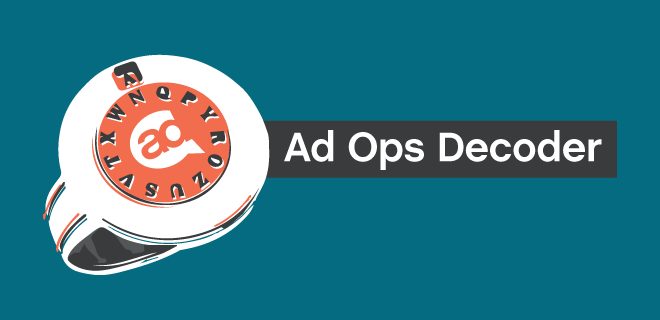
If you’re working on executing a preferred deal in the programmatic market, there’s a pretty strong chance a Deal ID will play a big part in making it happen. Without Deal IDs, it’s hard to imagine private marketplaces being able to scale the way they have. With a PMP, you know who’s allowed in the auction and who’s not, and you can set price floors. Deal IDs allow buyers and sellers a lot more customization.
The Deal ID is a series of numerals shared by the buyer and the seller so that when the bid request comes in, it and the impression say to each other, “Here’s a particular buyer, here’s a particular seller, the two of them have an existing deal together, and this bid is about that deal.”
Not every preferred deal in programmatic uses Deal IDs. There’s an alternative—just tags—that preceded Deal IDs in PMPs and are still used in some cases (for example, if the buyer’s SSP and the seller’s DSP aren’t integrated). But Deal IDs have achieved widespread adoption, if not universal praise, in the last few years, especially over the course of 2014. One Deal ID can contain a set of criteria that otherwise would have required a whole bunch of tags. It’s not command code, so it doesn’t get in the way of any other functionality when the ad and page load. It can help advertisers track KPIs (in real time) within the DSP, too, rather than replying on the publisher’s reporting (after the campaign is over).
What’s in this “set of criteria?” Depends on what you want. You can think of a Deal ID as an IO for programmatic, and it can be about as robust as an IO in a direct deal. The buyer and the seller will have already worked out those terms. They can agree on pricing, type of units, section of site, placement on the page—anything, really. Once the deal is agreed upon, the publisher creates the Deal ID through its SSP. The pub manually passes it along to the buyer (brand, media agency or trading desk). The buyer will insert the number into their DSP.
It’s possible for one impression to have multiple Deal IDs attached to it, so it can run in multiple PMPs. Those PMPs will be evaluated against each other, provided all their tech partners allow this kind of scenario.
In the auction, the SSP uses the Deal ID to call to DSPs. The SSP needs to make this step—this is programmatic, so it’s possible there’s some characteristic in the impression that would make the DSP want to pass on it unless it were reminded it’s part of a previously negotiated deal.
There’s a lot that can be communicated within the number string of a simple Deal ID. It helps make the prospect of something like a PMP or programmatic guaranteed much more feasible. But not everyone is crazy about how they work. Heck, some people still prefer tags, if they have the choice.
Running a Deal ID does involve extra steps. Negotiations of deals themselves may be time-consuming. If the buyer’s DSP and the publisher’s SP are not already integrated, you’ll need to use tags to get Deal ID to work. Someone on the publisher side has to send the number to someone on the buy side, via an email or a doc, and the buyer has to copy it in the DSP. (You might be surprised, or not, about how common human errors are in those steps.) The criteria communicated by a Deal ID are robust, but they’re not universally standard functions across all DSPs and SSPs. For some people, the whole process is just plain annoying, and it underlines the ways in which the worlds of programmatic and direct are not compatible.
Some tech providers have hinted at what they would like to see the next iteration of Deal ID to be. For now, Deal ID has the functionality and the adoption to be the common currency for PMPs.
AdMonsters Resources:
The ABCs of PMPs (2016)
Playbook: Private Marketplaces and Advanced Studies in Programmatic Video (2015)